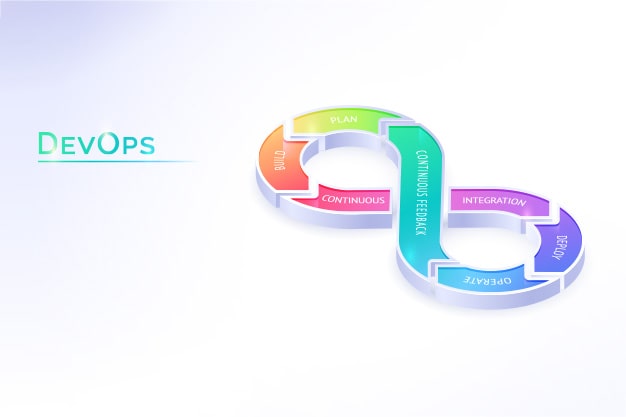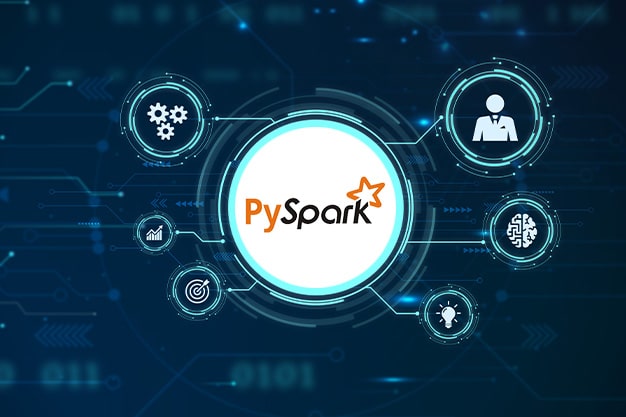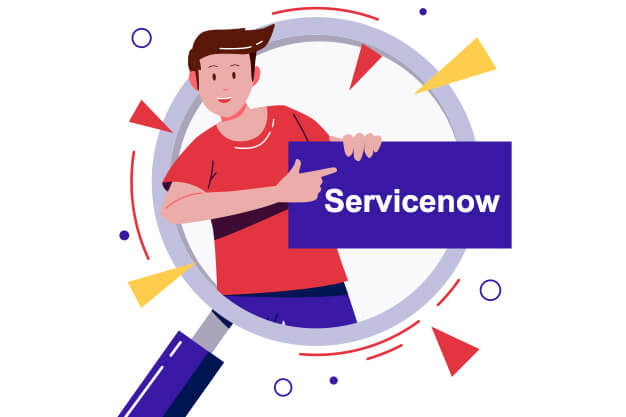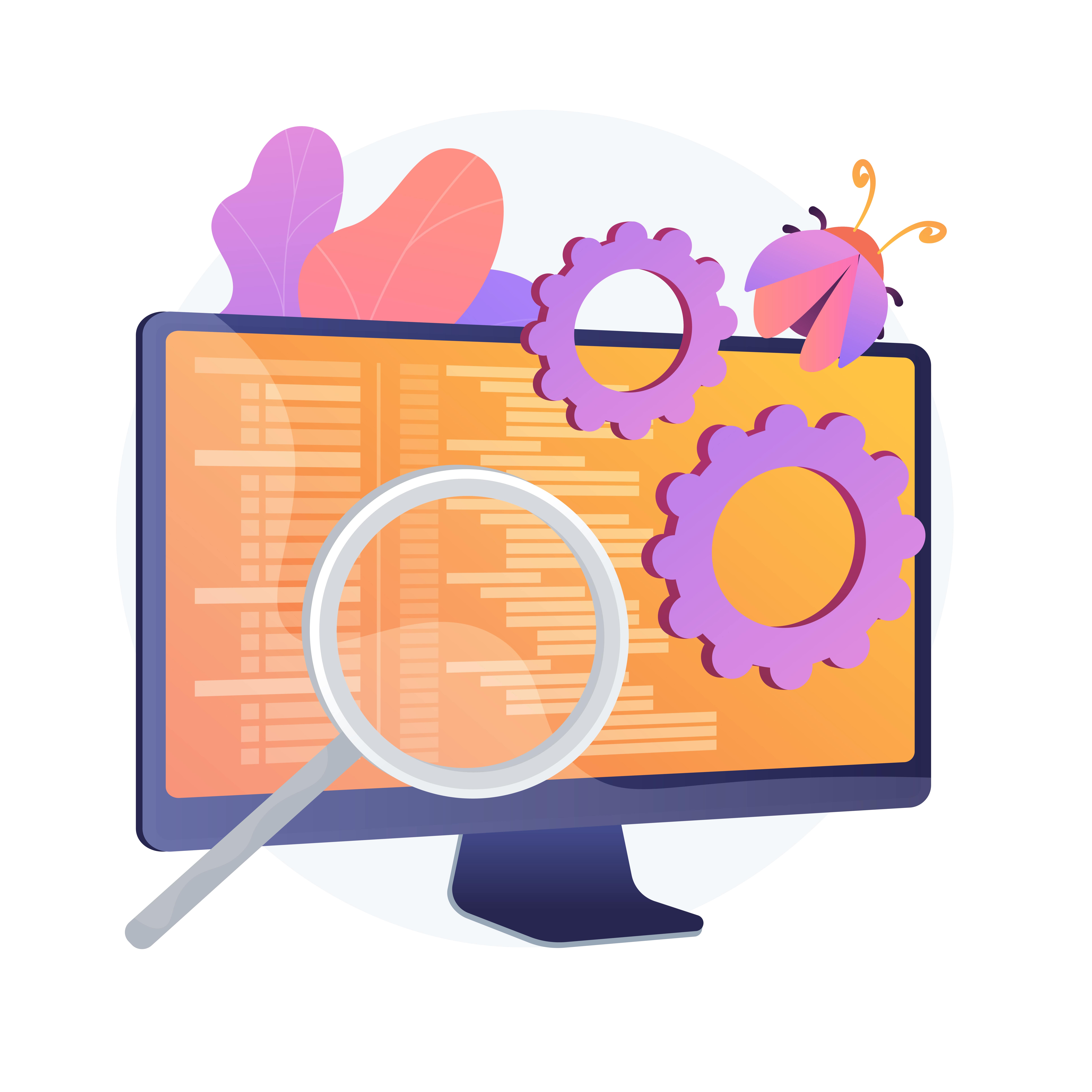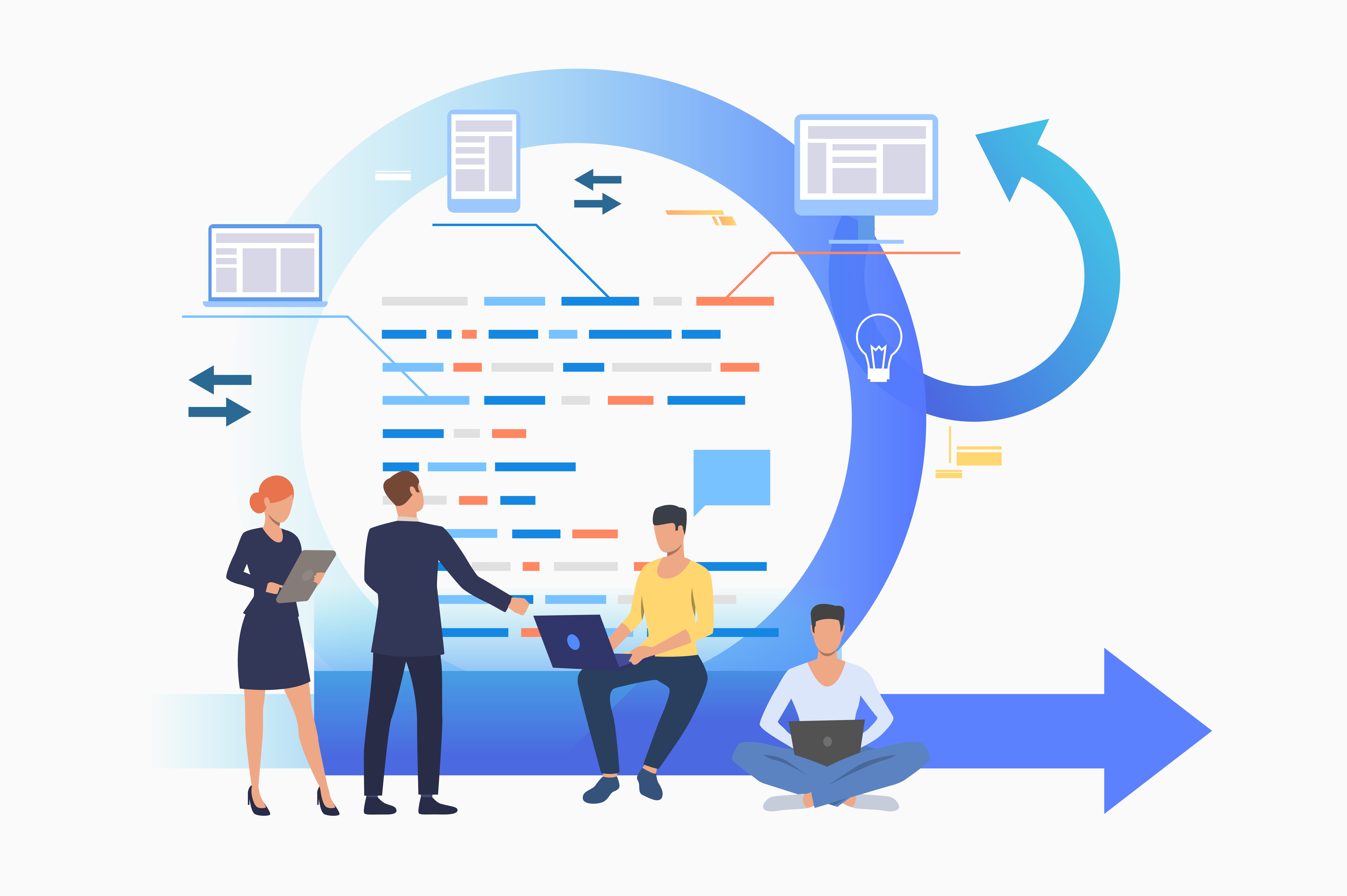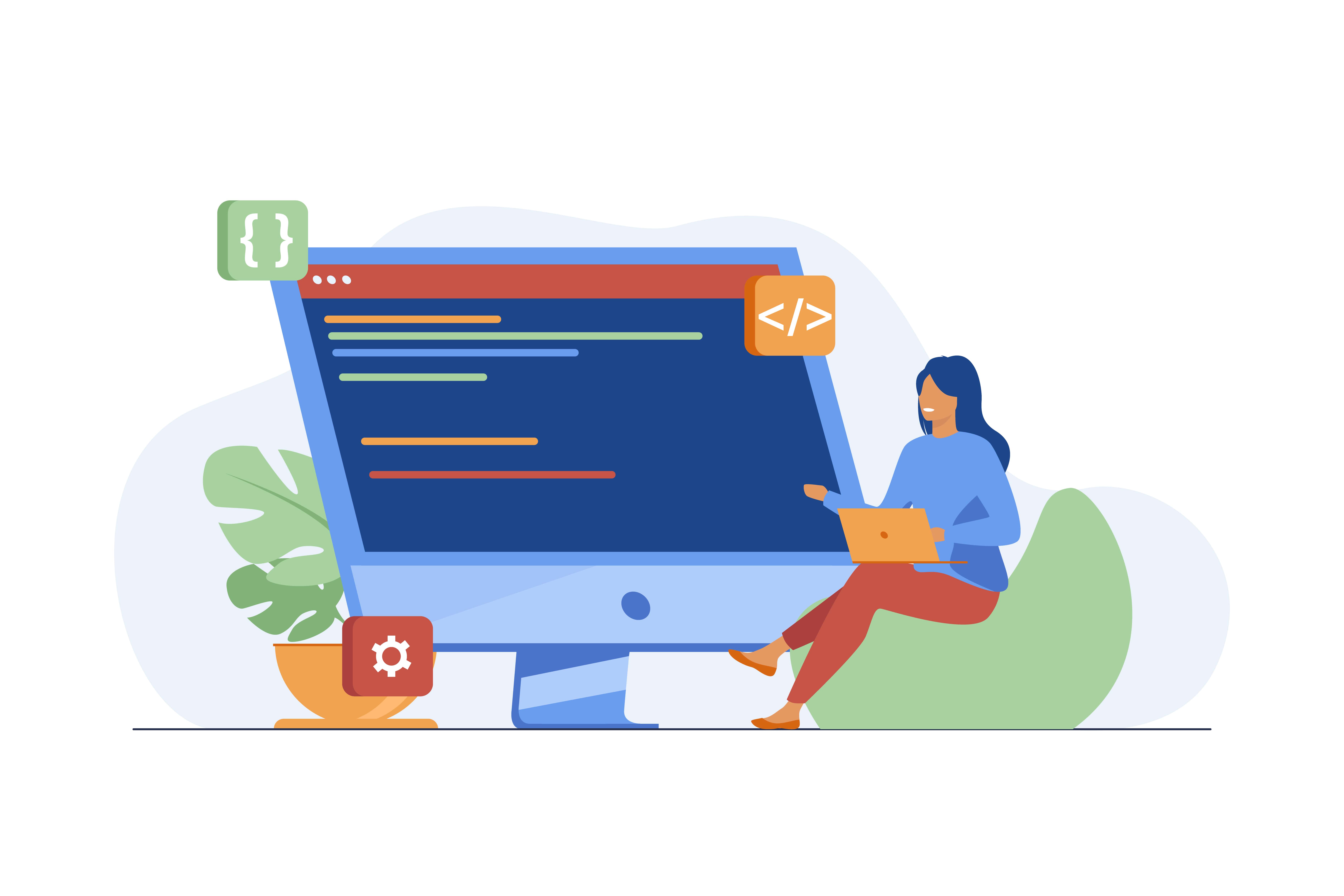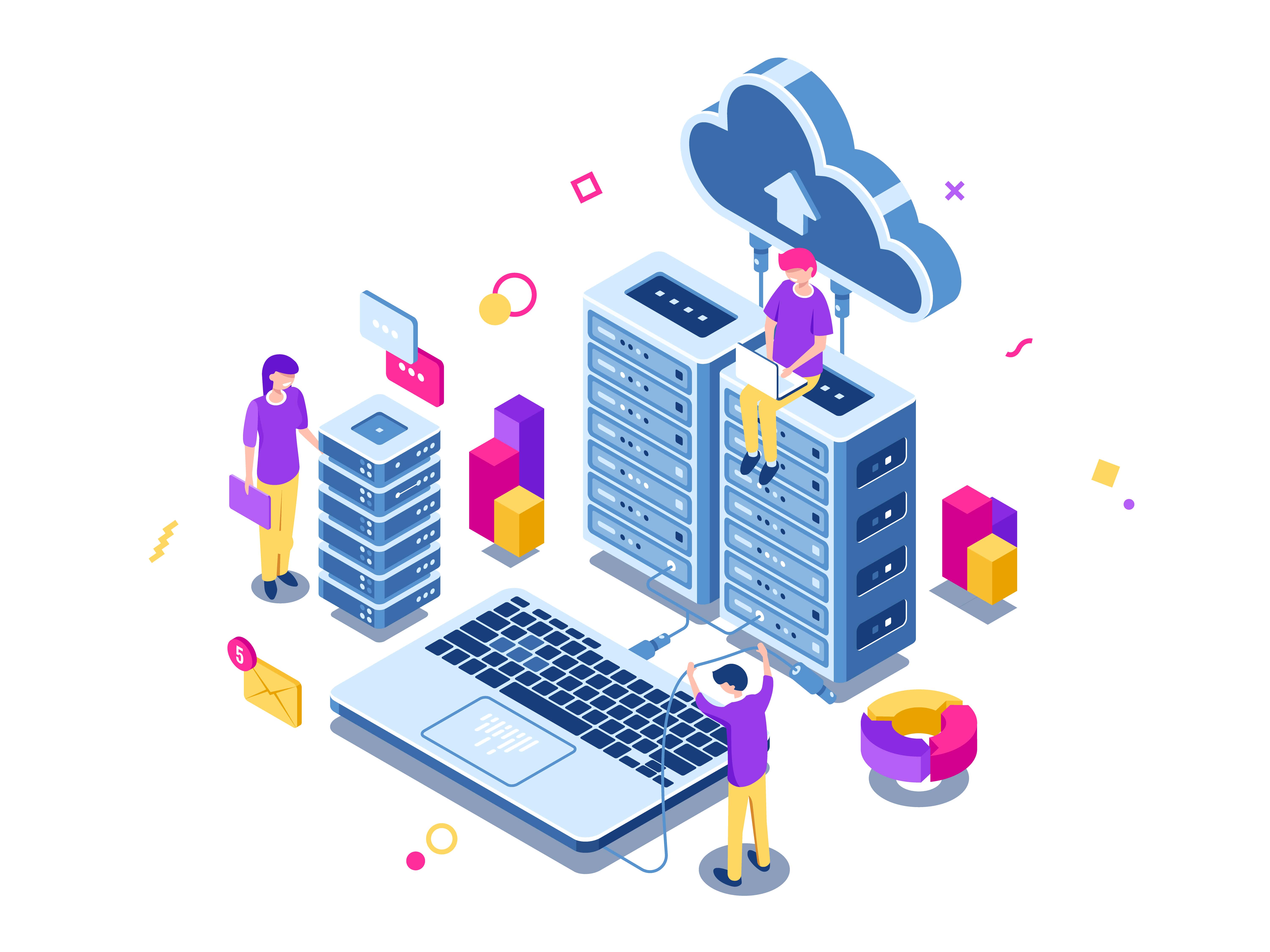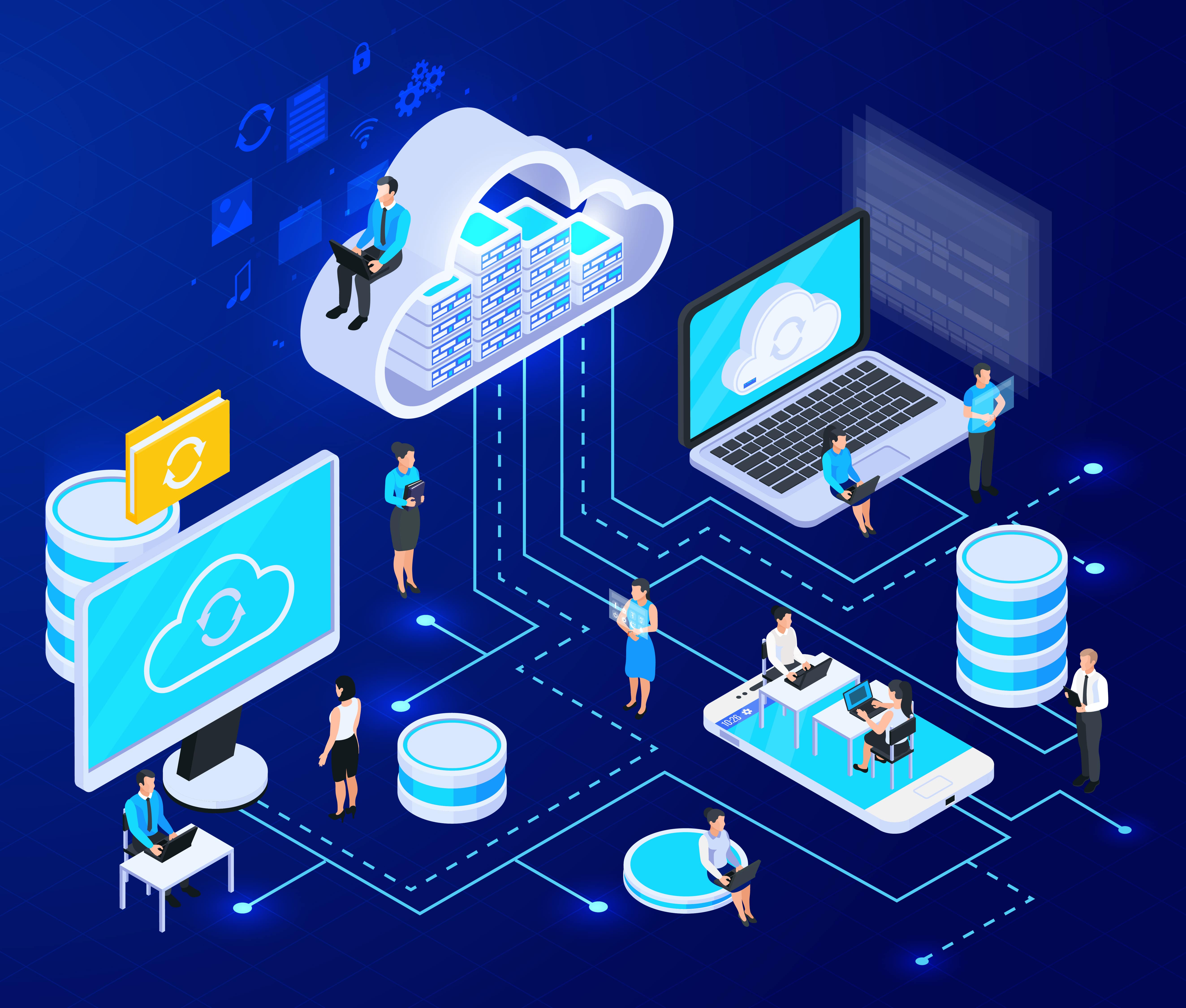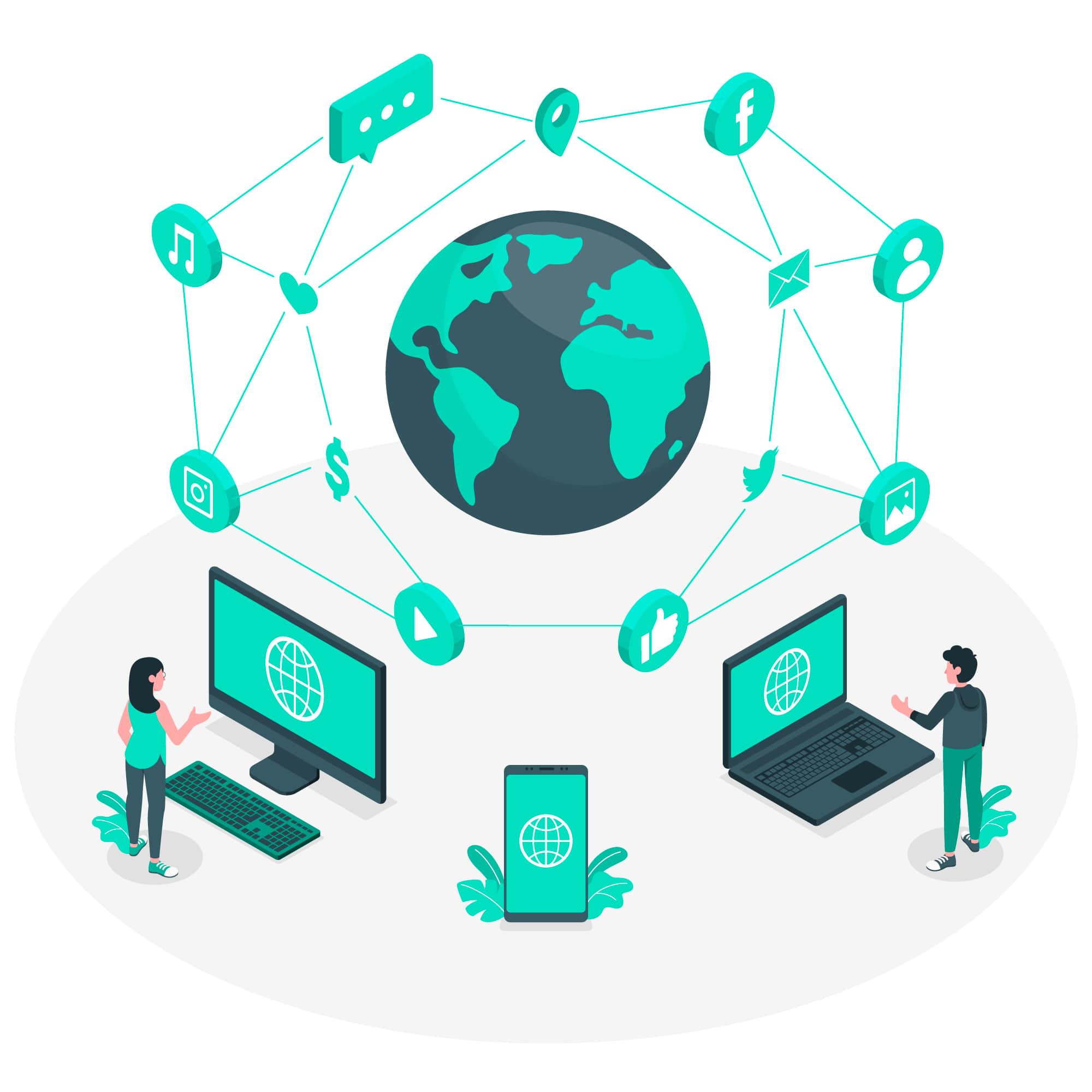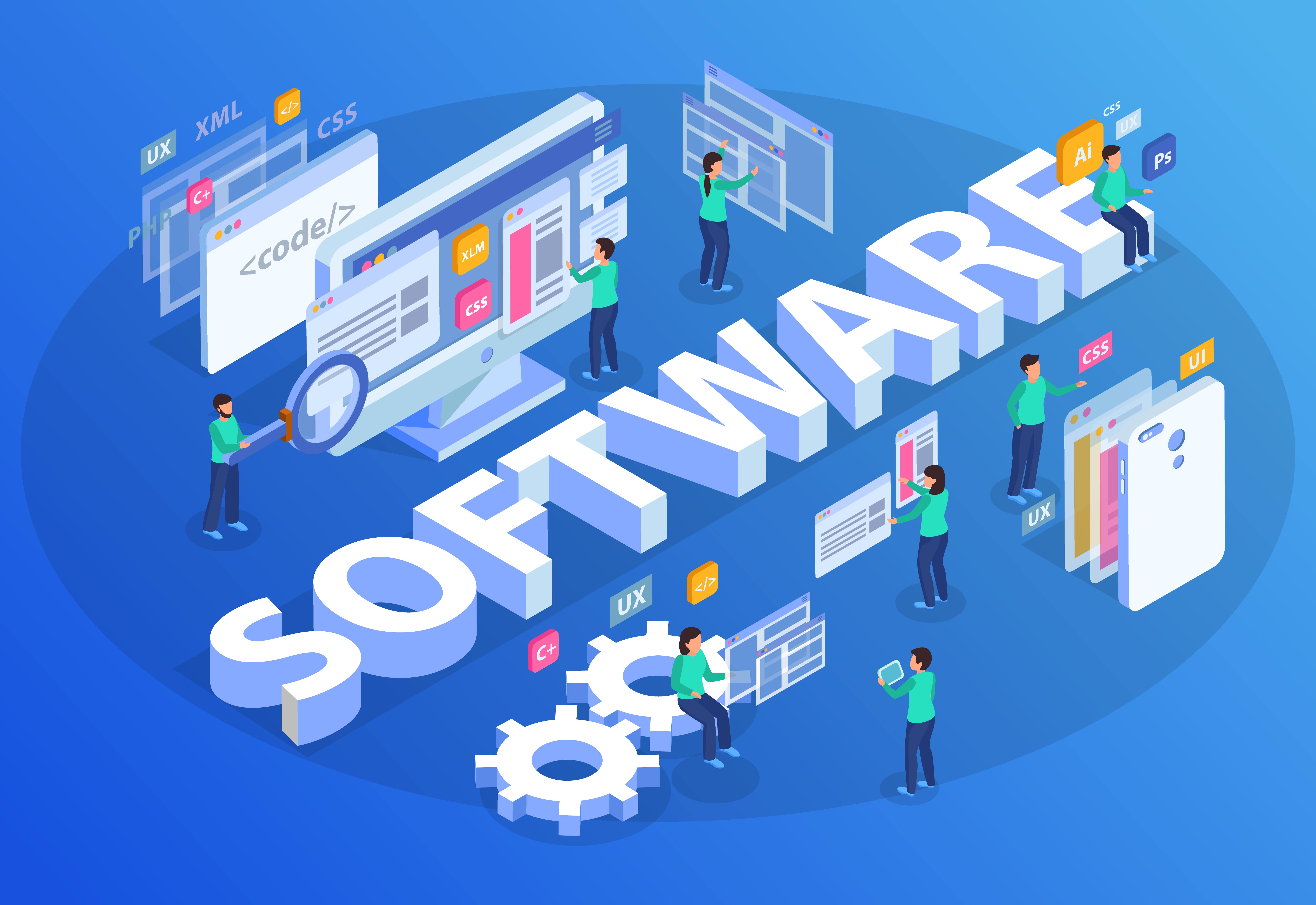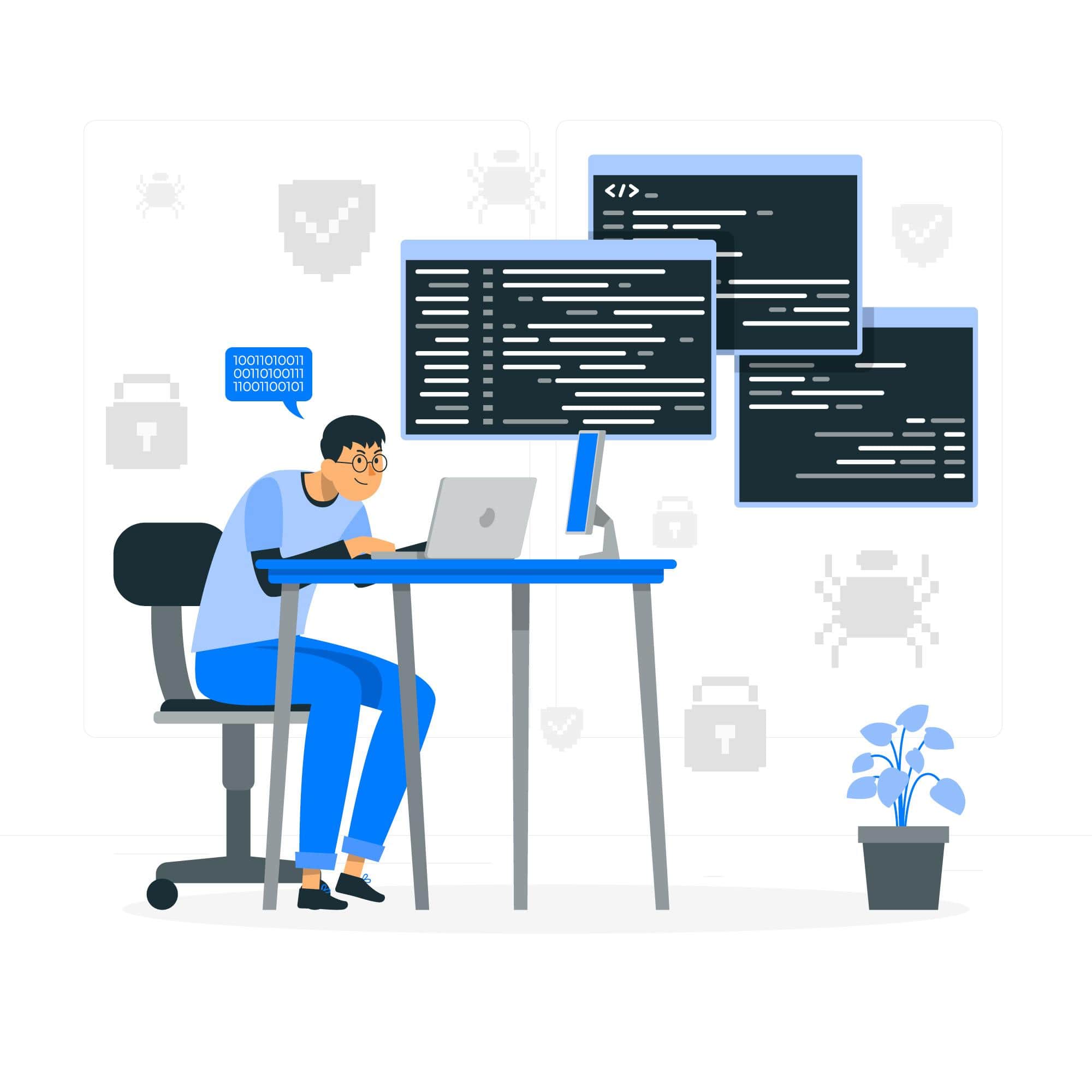
What are the latest cloud technologies?
Cloud technologies.
Technology is becoming more and more important and is changing our personal and professional lives every day. The cloud computing sector is also evolving faster. There are many interesting and exciting developments in cloud computing. New and existing companies are embracing them. The global cloud computing industry is expected to reach USD 623.3 billion by 2023.
What is cloud computing?
Cloud computing is the process of providing outsourced computing services including analytics, databases, networks, servers and storage over the internet. These virtual services allow for faster innovation, easy scalability and greater resource flexibility.
With most cloud models, you only pay for the resources you use, making it a cost-effective way to integrate IT into your business without investing in your own data centre. Cloud technologies include virtual services such as SaaS (Software as a Service), PaaS (Platform as a Service), IaaS (Infrastructure as a Service) and others.
Different cloud technologies
In this article, we will look at the different cloud technologies.
Edge
Cloud computing is reducing the market share of traditional cloud computing platforms. Instead of a centralized cloud network, edge computing uses small, portable components that are stored in containers and processed by a network of decentralized servers. This architecture places processors, storage, and servers as close as possible to the users who need them most. Cloud edge computing reduces the distance between processors and the end-users of the network, resulting in reduced latency, easier maintenance, and a smaller carbon footprint.
Container
Containers have emerged at a time when speed and complexity are becoming increasingly important in the IT industry. Unlike traditional virtual machines, which contain the underlying operating system, container technology has become a lightweight method of packaging software, where the container package contains the software and its essential components (libraries and configuration files) for use in a variety of computing environments.
Serverless
Serverless services were one of the five fastest-growing PaaS services in the cloud that year. Often referred to as FaaS (Function as a Service), it allows developers to write and deploy code without worrying about the security of cloud resources. Automation takes care of server configuration and setup, allowing developers to spend time and energy on programming.
Microservices
Managing a large application is old-fashioned. The component is part of a trend towards simplifying programming processes. The process of breaking down a large application into smaller modules or components for faster access is called microservices.
In a microservices architecture, monolithic programs are decomposed into small interconnected services or modules. This modular approach facilitates the provision of multiple modules to different small groups, independently of the free application itself. This allows the continuous delivery of fully updated software and ultimately speeds up the delivery cycle.
SASE
Secure Access Service Edge (SASE, pronounced sassy) is a network architecture that improves remote access by combining software-defined WAN functions with cloud-based network security measures. These include secure Internet ports, firewalls as a service, zero-trust network connectivity and cloud security brokers. The growing importance of SASE can be explained by the increasing use of working from home due to COVID-19.
DevOps
This is another important trend that has given cloud computing a much-needed boost. Filling in the gaps, the DevOps culture brings together teams with different areas of expertise working towards a single goal.
Developers write the code and operations teams work on the indicators. Together, they can work wonders in the development environment and give organizations a competitive edge. DevOps tools and resources provide security integration and the ability to develop and deploy new technologies.




.jpg)

